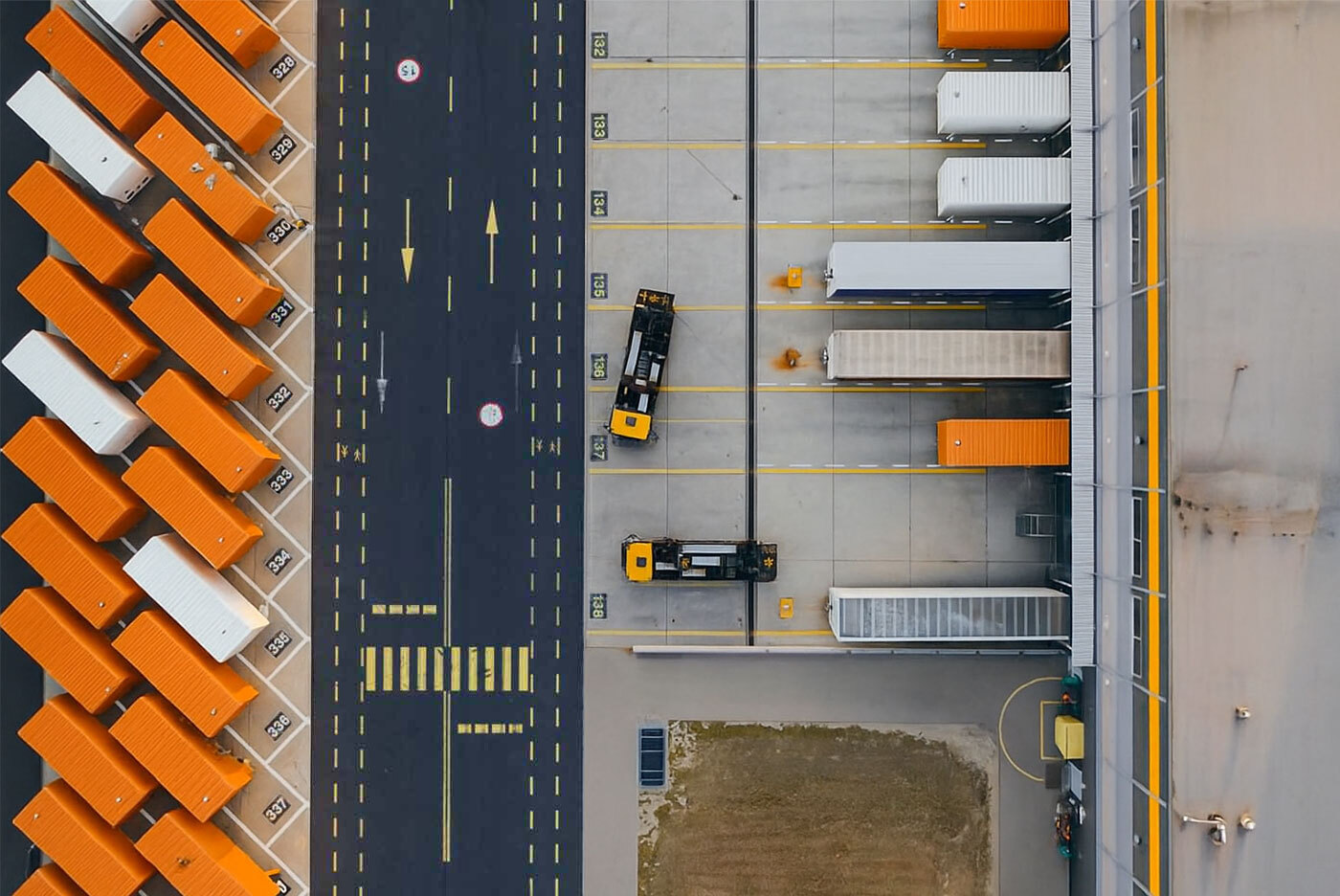
Shipping from India: What Documents You Need & What’s Restricted
When exporting goods from India, documentation and rules vary a lot depending on what you’re shipping, where it’s going, and whether it’s business or personal. Get clarity up front to avoid delays, fines, or rejected shipments.
Product Categories to Be Aware Of
Here are some common types of products and the kinds of regulations they often attract:
- General goods – clothes, books, non-sensitive electronics
- Medicinal / health products – medicines, medical devices, etc.
- Food & edible items – packaged foods, perishables
- Chemicals – industrial, lab chemicals (non-dangerous or Dangerous Goods)
What Documents & Rules Apply in Different Scenarios
When exporting from India, the paperwork and rules vary depending on who you’re shipping to:
- Consumer-to-Consumer (C2C): Sending goods from one individual to another usually just needs an invoice and a packing list. Basic ID documents (like Aadhaar or PAN) are required. Items like medicines or food may need prescriptions or special approval, and some countries won’t accept them at all without proper paperwork.
- Business-to-Business (B2B): Companies shipping to other companies need a more detailed set of documents, invoice, packing list, GST, IEC, and sometimes an AD Code or LUT. Extra licenses might be needed for sensitive products like wood, jewelry, or food, depending on the destination country’s laws.
- Exporter / Commercial Shipments: These require the strictest documentation: invoice, packing list, AD Code, LUT, safety certificates (MSDS for chemicals), phytosanitary certificates for plants, and licenses such as FSSAI for food exports. Some goods are either prohibited or heavily regulated, so compliance with the destination country is a must.
- Business-to-Consumer (B2C): Shipping from a company to individual customers can be slightly simpler, but duties and import restrictions in the buyer’s country still apply. Packaging and labeling must meet local standards to avoid delays.
Document Types Defined (What They Mean)
- Invoice: Lists what you’re exporting, how many units, what price.
- Packing List: Details dimensions, weights, per package.
- KYC Documents: Identity / business IDs: Aadhaar, PAN, GST, IEC etc.
- AD Code / Letter of Undertaking (LUT): For duty / tax purposes, export accounting.
- MSDS: Material Safety Data Sheet for chemicals (even non-dangerous ones) to show how they should be handled.
- Phytosanitary Certificate: For plant or agricultural products.
- FSSAI / Manufacturing Licence etc.: For food, health, and regulated goods.
Practical Tips for Exporters from India
- Always check destination country rules before packaging/shipping (e.g., some countries ban certain chemicals; EU may reject food items without certain approvals).
- Maintain soft copies of paperwork so you can quickly provide any required document.
- Label packages clearly, ensure packaging is robust and that contents are visible for inspection when needed.
- Stay current with export compliance: keep business licences, certificates, and IDs valid.
Final Take
If you prepare in advance for documentation and understand categories and country-specific restrictions, you save time and avoid costly mistakes. Whether you’re shipping once or regularly, it’s worth investing in a checklist and building relationships with reliable forwarders.
Author
logic_adminRelated posts
Logistics vs Freight Forwarding: What Sets Them Apart
Logistics and freight forwarding are often confused, but they play very differen
How to Avoid Delay-Related Charges in International Shipments
Delays in shipping can quickly turn expensive, with demurrage, detention, and st
